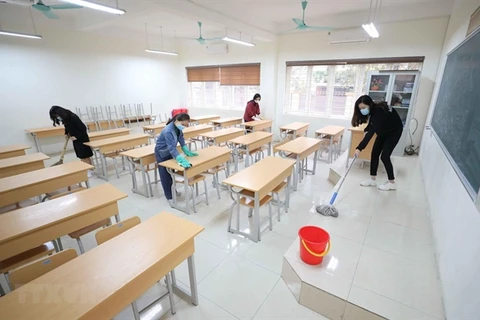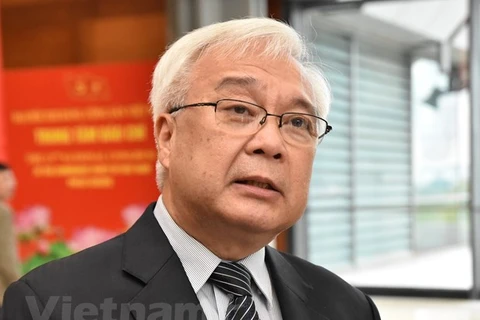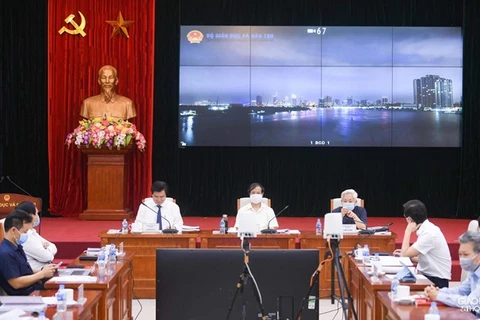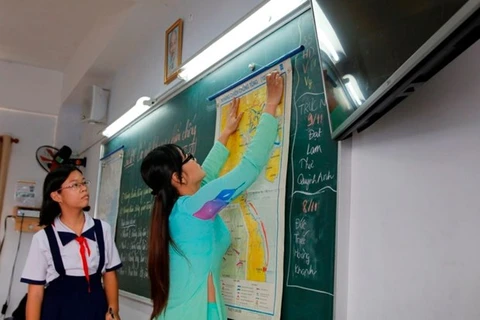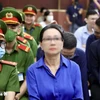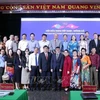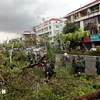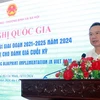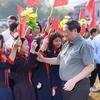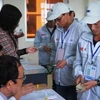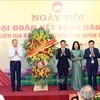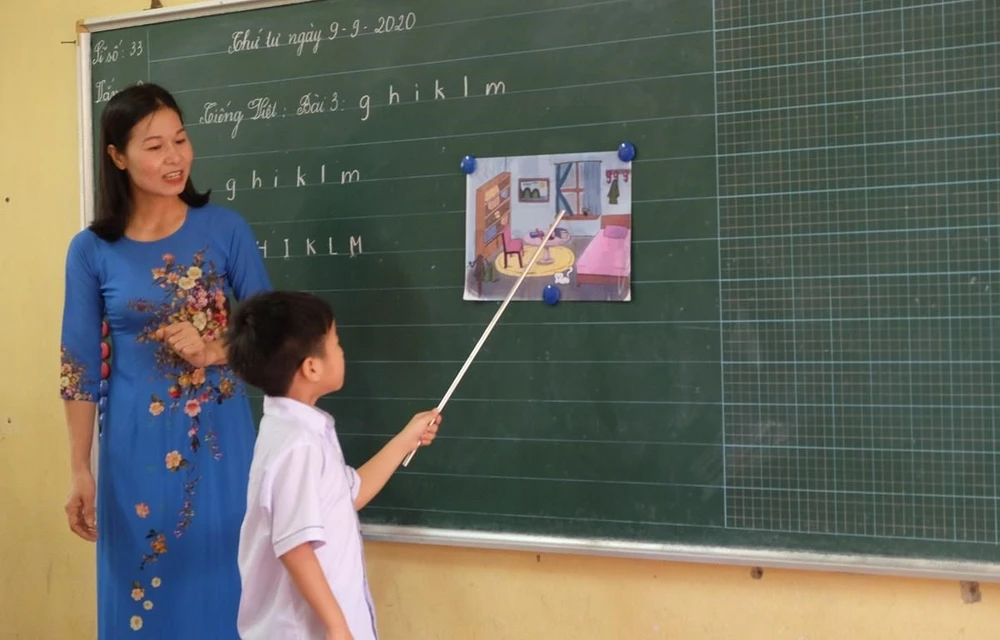
Hanoi (VNA) – The education sector has exerted efforts in curbing the spread of the COVID-19 pandemic and fulfilling tasks in the 2020-2021 academic year, despite various difficulties, according to the Ministry of Education and Training (MoET).
The 2020-2021 academic year faced numerous hardships against the backdrop of complex developments of COVID-19 across cities and provinces nationwide, and there were times that students could not go to school.
However, thanks to efforts made by the sector as a whole, the school year realised the twin targets of ensuring safety amid the pandemic and fulfilling tasks, affirmed Deputy Minister of Education and Training Hoang Minh Son during a conference on August 28 to review the sector's performance in the 2020-2021 academic year.
Efforts made to surmount difficulties
Amid the emergence of COVID-19 outbreaks across the country, the education sector took the initiative in adjusting schedule.
The ministry asked parents to take care of their children during stay-at-home time and teach them basic knowledge in the second semester. Meanwhile, schools applied various teaching forms and adjusted student evaluation requirements at the end of the school year.
Such efforts produced positive results. The MoET has worked to complete institutions in a bid to remove bottlenecks and create a legal corridor for renewal in accordance with Resolution 29-NQ/TW of the Party Central Committee.
It worked to hold the high school graduation exam in two phases, allowing students who could not sit the exam due to the pandemic to graduate, and asked schools to regulate recruitment policies to ensure children’s rights and equitable access.
Bottlenecks remain
However, Son pointed out that there remained problems in the sector.
Due to the pandemic, kindergarten students had to stay home for a long time that affects their discipline and habits.
For their part, high school students had to study virtually and through television channels so that teaching quality could not be guaranteed.
Infrastructure and information technology application of a number of teachers, along with self-study ability of students, and online learning resources remain limited, especially in places facing economic difficulties, and mountainous and remote areas.
Shortages of schools and classrooms remain in some residential areas, industrial and processing parks, as well as mountainous and remote regions. Tertiary education network has yet to have a master and long-time plan and lack connectivity that is able to make a transition in the workforce between localities.
Meanwhile, redundancy in kindergarten and high school teachers in some localities remains, causing hardships for the implementation of curriculum and lesson plans.
State budget distribution for the education sector in 2021 only hit 17.3 percent of the total, far behind the requirement. Meanwhile, the rate of distribution for payroll and allowances holds a lion’s share in schools’ expenditure. The procurement of learning devices in accordance with the curriculum was carried out at a low speed.
The quality of skilled human resources training amongst universities has yet to meet requirements for socio-economic development. Many sectors are not in line with the labour market's demand, especially amid the emergence of new and digital economic sectors.
At the same time, some training facilities could not complete their curriculum on schedule in the context of COVID-19, particularly those in the medical and art sectors.
In addition, most of activities in foreign affairs and international cooperation were affected due to COVID-19. As a result, many Vietnamese students who finished their studies abroad could not return home while others could not begin their studies in foreign countries even though they had received offer letters./.

